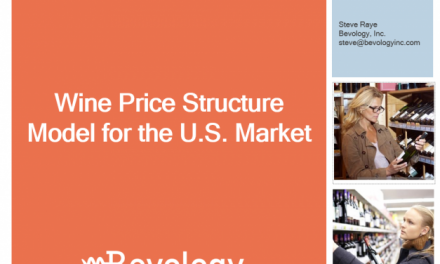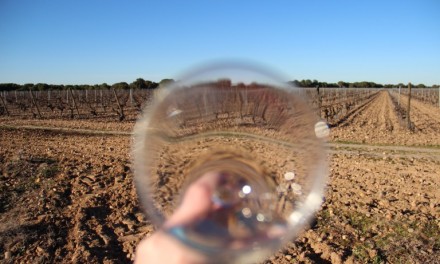We’re back from the American Wine Bloggers Conference in Walla Walla,Washington (our friends in Europe get a kick out of the name) which Constance I attended. This is the third year for the event which attracted 300 attendees from the ranks of bloggers, wineries and PR agencies. We returned with enhanced perspective on the state of social media in the wine industry.
The sense I got from the conference was that wine blogging is coalescing into something more than a loose association of citizen-bloggers. There was general agreement that the influence of wine blogging is increasing and that both domestic and imported suppliers are starting to “get it.” Also, the audience that reads blogs is a whole lot broader than the readers of Wine Spectator, Wine Enthusiast and the wine criticism and reviews found in the Wall Street Journal, Food and Wine magazine and the like. But many of these are now incorporating online blogs and functionality related to their print vehicles…Andrea Robinson and Lettie Teague’s active participation at the conference being indicative of that.
And I think that’s where a distinction–and some might say chasm–between wine blogging and “traditional” wine journalism has formed. With traditional media and wine criticism there is an implicit and commonly understood notion that it’s all related to the ultimate sale of wine. People read these in large part to find out what wine to buy for what occasion and food pairing situation.
But for most wine bloggers, what they do is a labor of love and an avocation. So the commercial imperative is a bit hazier. In many cases…perhaps most…a blog generates little to no income yet takes up a lot of time and commitment. So issues like “transparency” (a euphemism for policies on accepting samples, whether to go on sponsor-paid trips etc.) and “ethics” (if a blogger accepts a sample or a trip, is there any responsibility expressed or implied to write about a given wine/producer/region?) came up again and again at the conference.
There is a distinct generational difference in readership as well. It may be an oversimplification to say that Millennials only read blogs and GenX’ers and Baby Boomers read traditional media (see the VinTank report for more on this.) But there is decidedly a real distinction between the way Millennials look at wine compared to those of an older persuasion. In some informal research I’ve done, when you ask a Millennial where wine comes from, the answer you’ll get is Australia, Argentina and Chile…in their world, France and Italy are irrelevant at best, unknown at worst. The growth of irreverently labeled wine brands is an additional indication that some suppliers are seeing the democratization of wine and developing products oriented to these new consumers.
One of the other recurring themes I heard was in regard to the metrics of cause and effect and the inability to connect the dots between what’s written in posts/comments and reader activity…like purchases. Even among the PR folks working on bigger clients who one would assume have more resources available, the general consensus was there are no systems in place that allow marketers to get a read on the actual commercial impact of blogging. Of course, that’s in large part true for the traditional print media as well.
OK, so back to the AWBC. Cool event, great people, new relationships and a broadening of my worldview of wine and wine marketing. I’ll be going to the European version of the event which is being sponsored by the Austrian Wine Marketing Board in Vienna in October, and will be interested to see how things are developing there.








